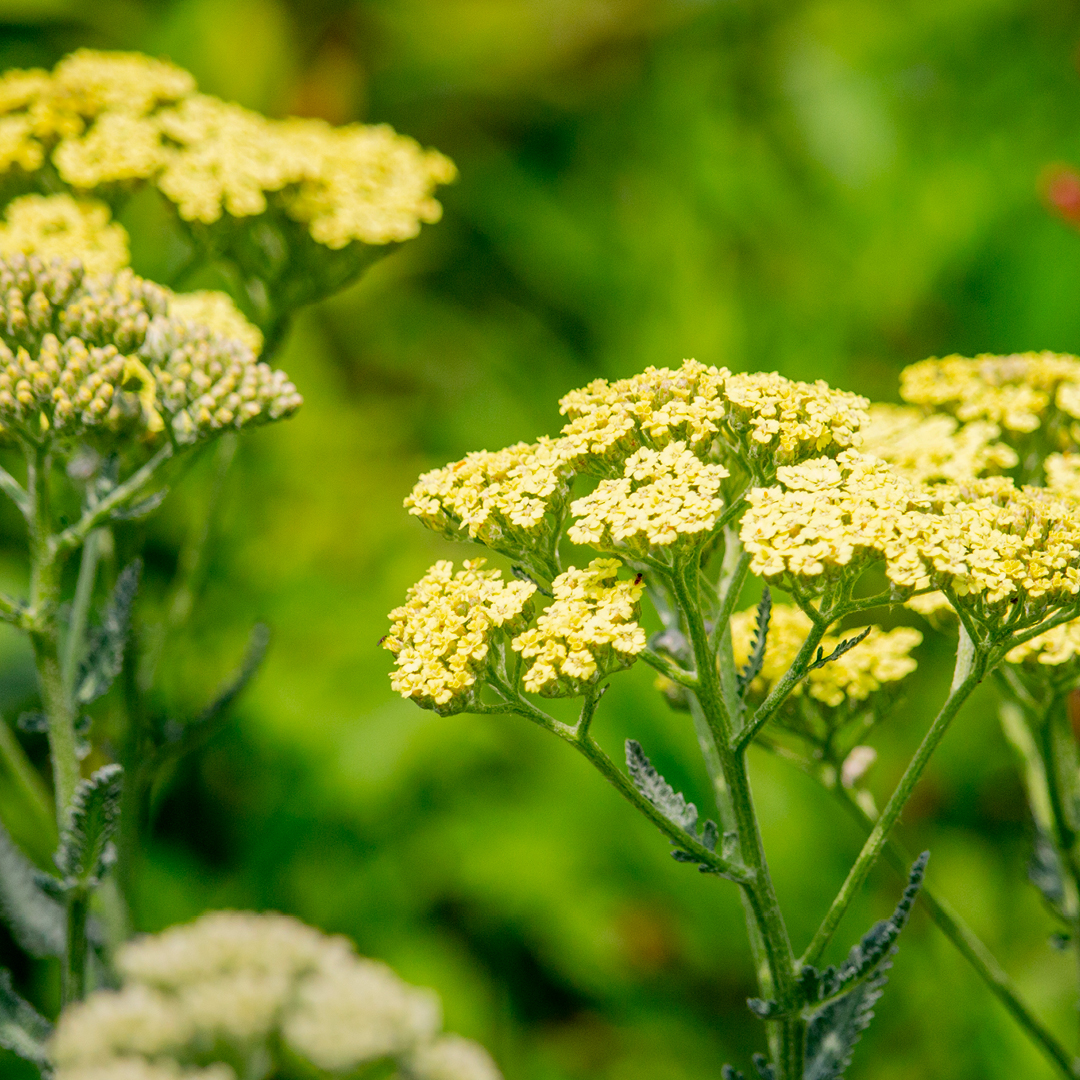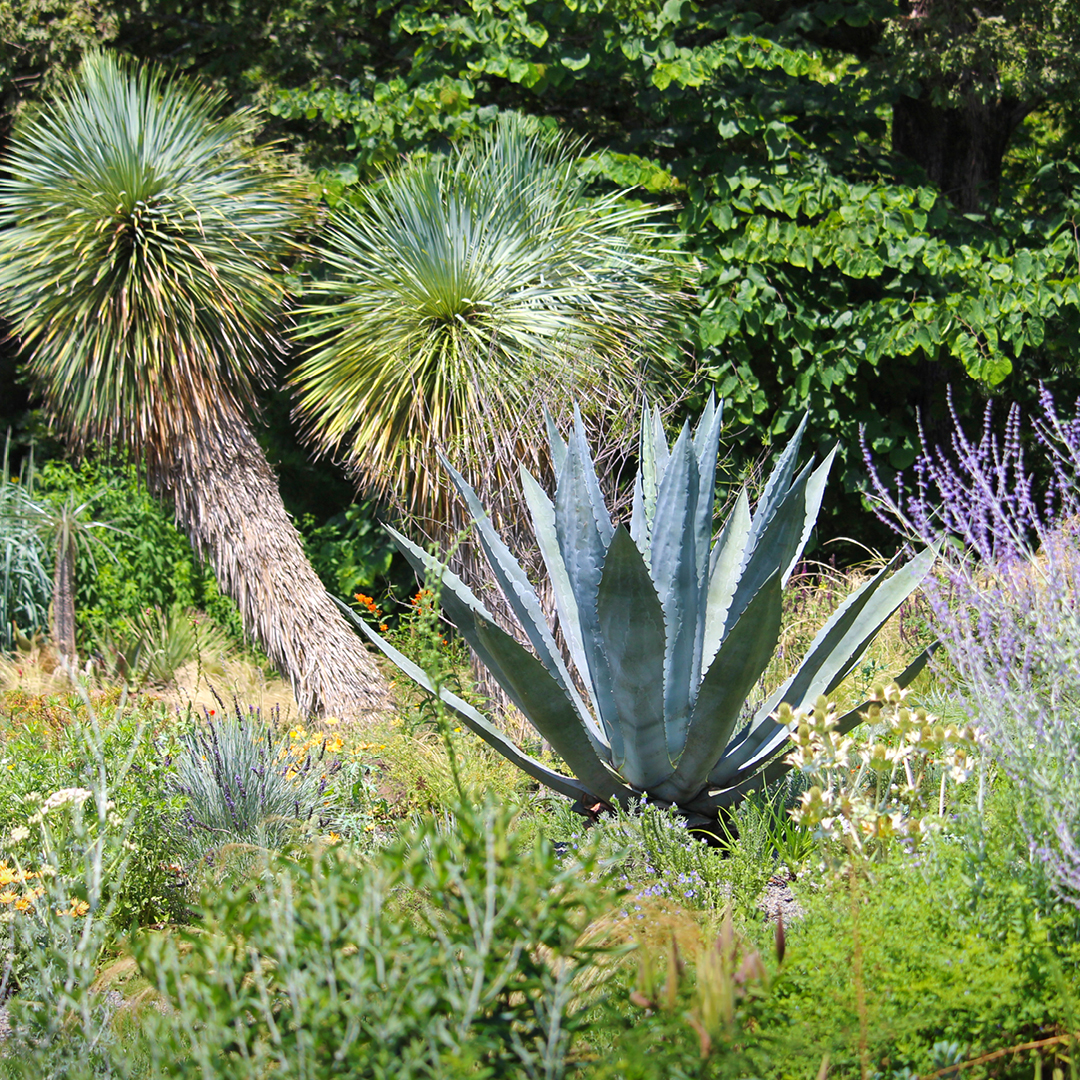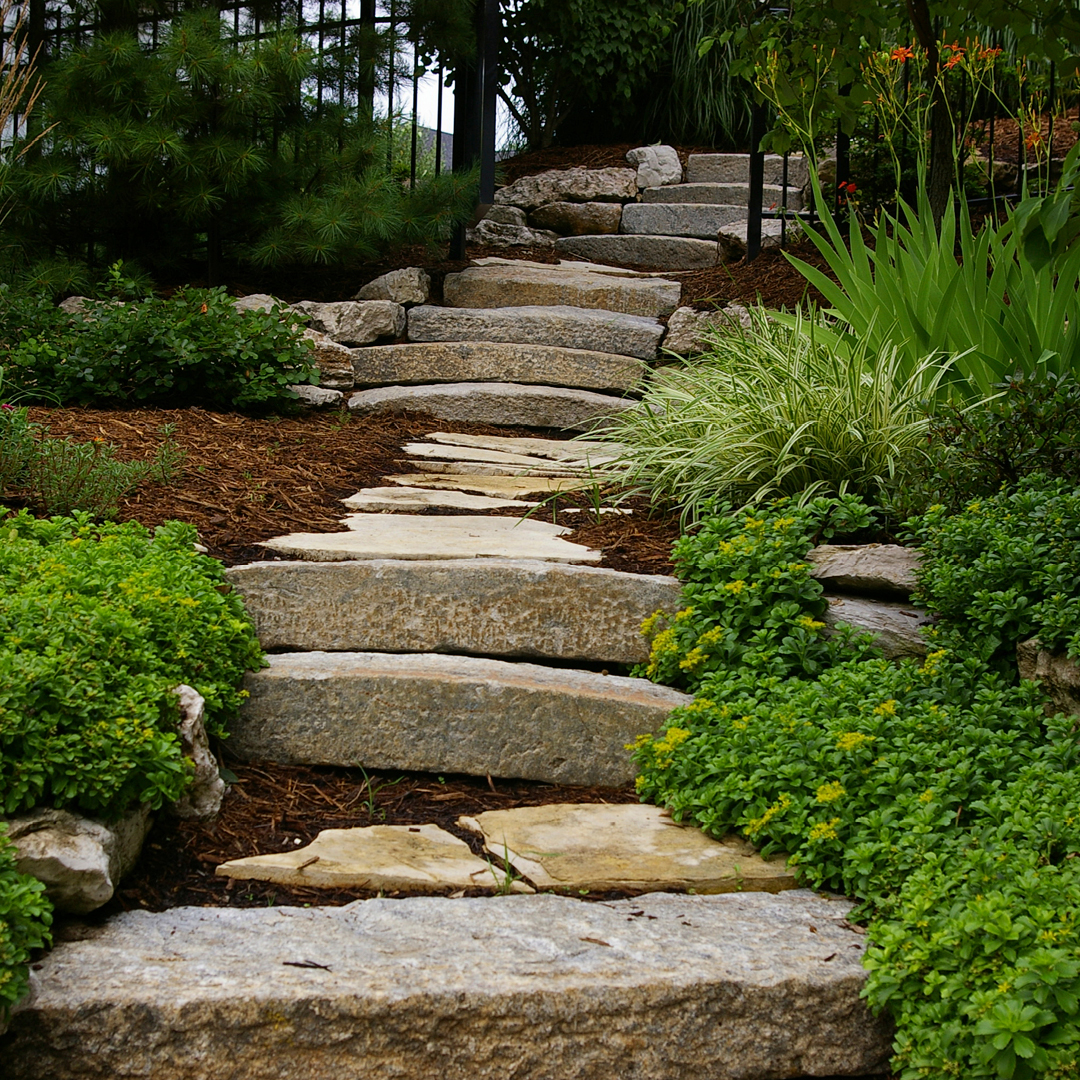Xeriscaping is an innovative and sustainable method that conserves water while maintaining an attractive landscape. It’s perfect for homeowners looking to create beautiful, low-maintenance landscapes that thrive with minimal irrigation. Does Xeriscaping sound good to you? Let Bakerstown & Glenshaw Feed & Garden Center assist you in your water-saving journey, beginning with the eight initial steps.
Steps to Creating a Thriving Xeriscape
1. Assess Your Landscape
Begin by evaluating your existing landscape:
- Sunlight Exposure: Note the areas receiving full sun, partial shade, or full shade throughout the day.
- Soil Type: Determine your soil’s texture and drainage ability. Amend soil as needed to improve its water-holding capacity.
- Topography: To guide plant placement, you must identify slopes, flat areas, and natural water flow patterns.
2. Create a Plan
Put pencil to paper. A straightforward design is key to xeriscaping success:
- Sketch a plan of your yard, marking different zones based on sunlight, soil, and topography. Consider the functional use of each area, such as a seating area, pathways, and plant beds.
3. Improvement Your Soil
Healthy soil is crucial for a thriving xeriscape:
- Organic Matter: Incorporate compost or other organic matter to improve soil structure and water retention.
- Soil Testing: Test your soil’s pH and nutrient levels and amend accordingly to create optimal growing conditions.
4. Install Efficient Irrigation
Maximize water efficiency with smart irrigation techniques:
- Drip Irrigation: Install drip irrigation systems to deliver water directly to the root zones of plants, minimizing evaporation and runoff.
- Watering Schedule: Water early in the morning or late in the evening to reduce evaporation. Adjust the schedule based on seasonal needs.
- Rainwater Harvesting: Set up rain barrels or other systems to collect and store rainwater for irrigation.
5. Proper Plant Selection
Choose plants that are well-suited to your local climate and soil conditions. Opt for native and drought-tolerant species:
- Perennials: Black-eyed Susan, Purple Coneflower, yarrow, sedum, Russian sage, catmint, coreopsis, blanket flower, lavender, and Prairie Dropseed
- Shrubs: Blue Mist Shrub, Potentilla, Dwarf Bush Honeysuckle, bayberry, New Jersey Tea, Ninebark, Summersweet, Juniper
- Grasses: Little Bluestem, Switchgrass, Indian Grass, Northern sea oats, fountain grass, feather reed grass, big bluestem
6. Mindful Mulching
Mulch is essential in a xeriscape garden to retain moisture, suppress weeds, and regulate soil temperature.
- Organic Mulch: Use materials like wood chips, bark, straw, or compost. Organic mulch decomposes over time, adding nutrients to the soil.
- Inorganic Mulch: Gravel, pebbles, and stone can also be used, especially in areas with high foot traffic or where a particular aesthetic is desired.
7. Hardscape Enhancement
Incorporate hardscaping elements to enhance the design and functionality of your xeriscape garden:
- Paths and Walkways: Use permeable materials like gravel, stepping stones, or pavers to allow rainwater to infiltrate the soil.
- Seating Areas: Create comfortable seating areas using natural materials that blend seamlessly with the landscape.
- Decorative Features: Add features such as rock gardens, dry riverbeds, or sculptures to provide visual interest and structure.
8. Maintaining and Monitoring
Regular, minimal maintenance will keep your xeriscape garden thriving:
- Weed Control: Regularly remove weeds to reduce competition for water and nutrients.
- Pruning: Prune plants as needed to maintain their shape and encourage healthy growth.
- Monitoring: Check soil moisture levels and plant health regularly, adjusting care routines as necessary.
Designing a xeriscape landscape for the home is an effective way to create a beautiful, low-maintenance garden that conserves water and supports environmental sustainability. With these basic principles, plant recommendations, and the assistance of Bakerstown & Glenshaw Feed & Garden Center, you can transform your yard into an attractive, eco-friendly oasis that thrives with minimal irrigation. Embrace the xeriscaping approach to enjoy a garden that is not only pleasing to the eye but also kind to the planet.











